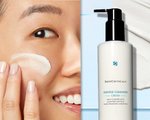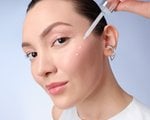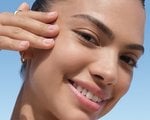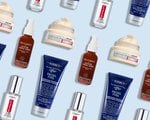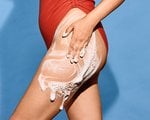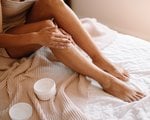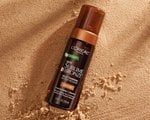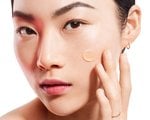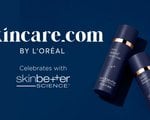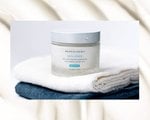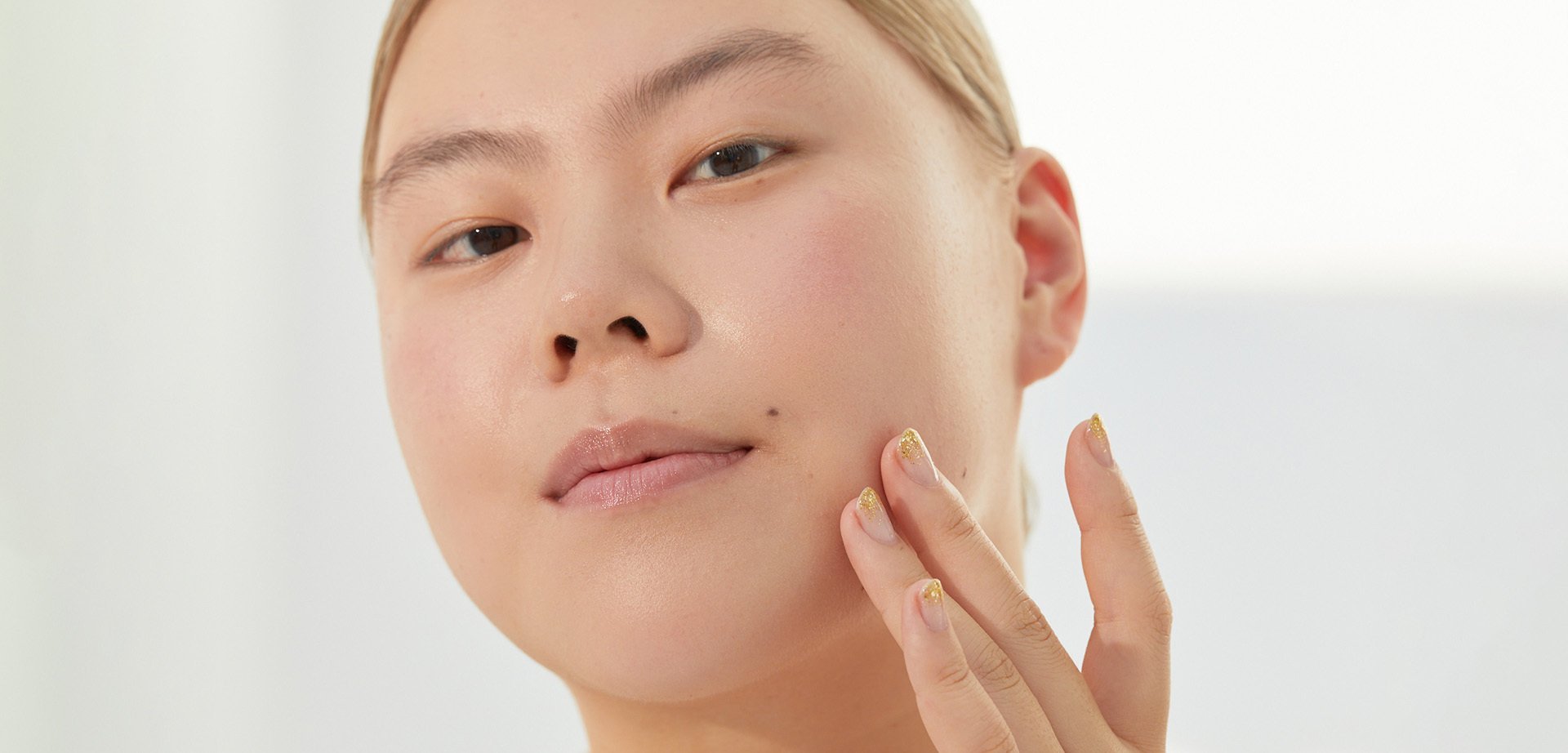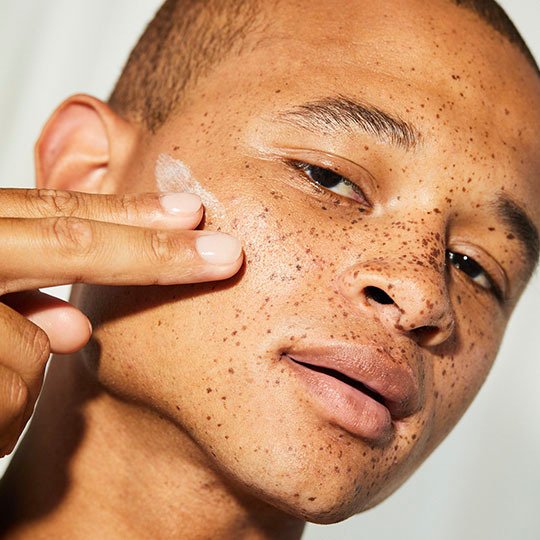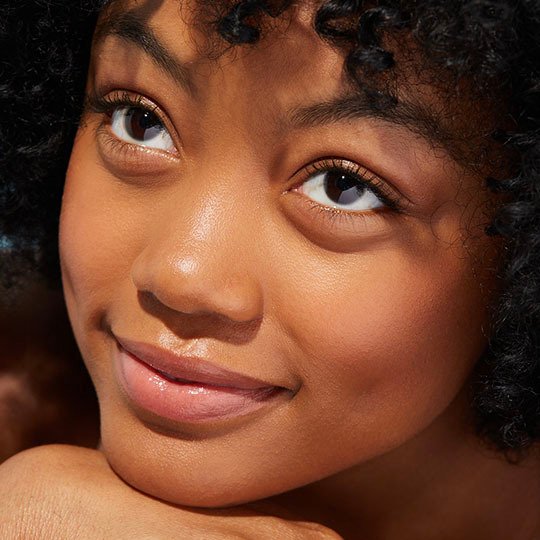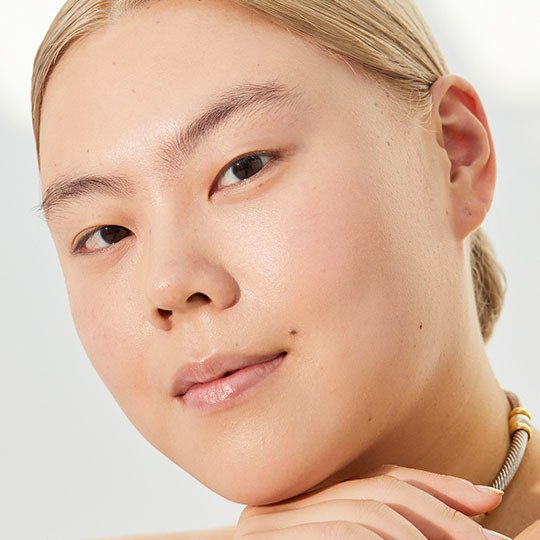Fighting Stubborn Chin Acne? Here's How to Clear Up (and Prevent) Breakouts
August 11, 2022

How Do I Prevent Chin Acne?
Getting current breakouts on your chin under control is often your first priority, but preventing future chin acne deserves equal attention. Here are Dr. Schmid’s top recommendations for help preventing new chin acne.
Cleanse Your Skin Twice Daily
Cleansing is the first step of every skincare routine for a reason! Keep dirt, oil and impurities off the skin’s surface by washing your face twice daily with a gentle cleanser. “I like to recommend SkinCeuticals LHA Cleansing Gel, SkinCeuticals Simply Clean or SkinCeuticals Purifying Cleanser,” Dr. Schmid says.
Use Non-Comedogenic Products
If you find yourself fighting breakouts in the same area month after month, take a closer look at your skincare products and cosmetics — they could be to blame. Overhaul your routine with formulas that are labeled as non-comedogenic, meaning they won't clog your pores.
Don’t Touch Your Face
Do you have a habit of resting your chin on your hand while sitting at your desk? This can transfer bacteria and germs to your chin area, which — as you can imagine — can wreak havoc on your skin. Teach yourself not to touch your face, and be especially wary of any material that rubs the jawline, like chin-strapped helmets, headgear or other clothing.
Be Careful When Shaving
If you shave your face, improper shaving techniques could be causing unwanted breakouts on your chin. Before you start shaving, prep your skin with shaving cream, which can help reduce the risk of nicks, cuts and irritation. Dr. Schmid also recommends gently gliding the razor in a downward motion to remove hair. When your razor blade starts to get dull, swap it out immediately. Or consider swapping your standard razor for an electric razor, notes Dr. Schmid.
No matter what you do, avoid popping pimples on your chin or elsewhere. “Never pick or extract a pimple yourself!” Dr. Schmid says. “This can lead to infection and the potential for a lifetime with a permanent scar.”
